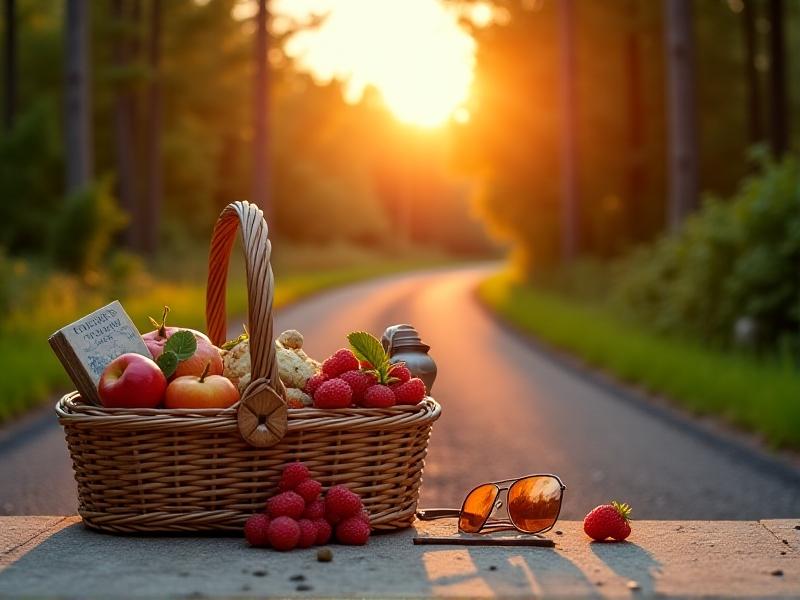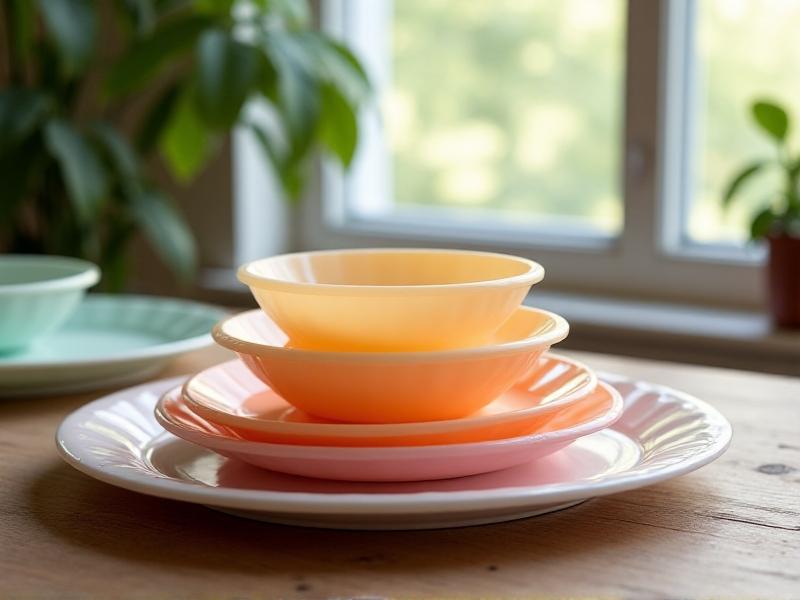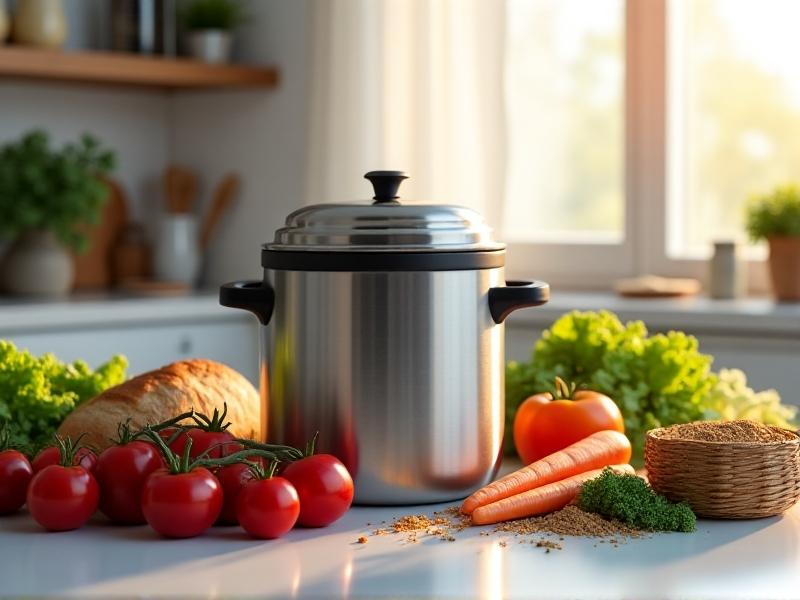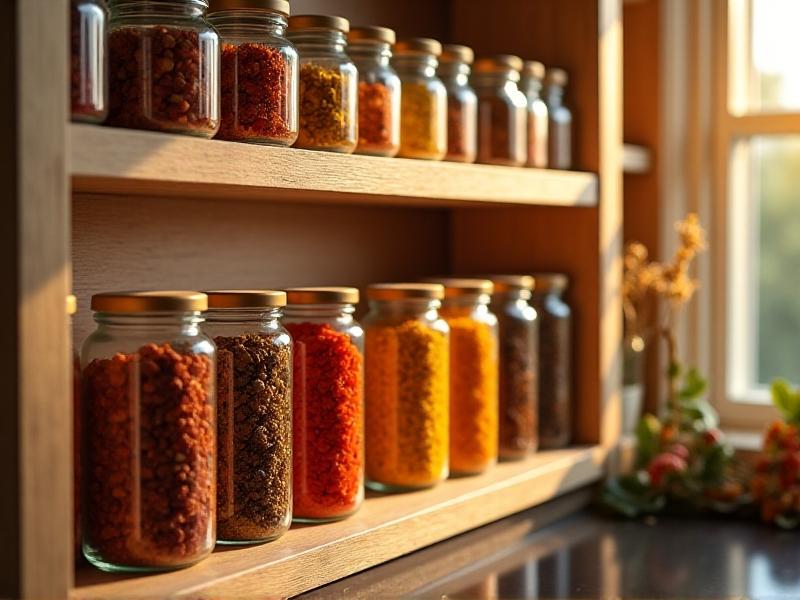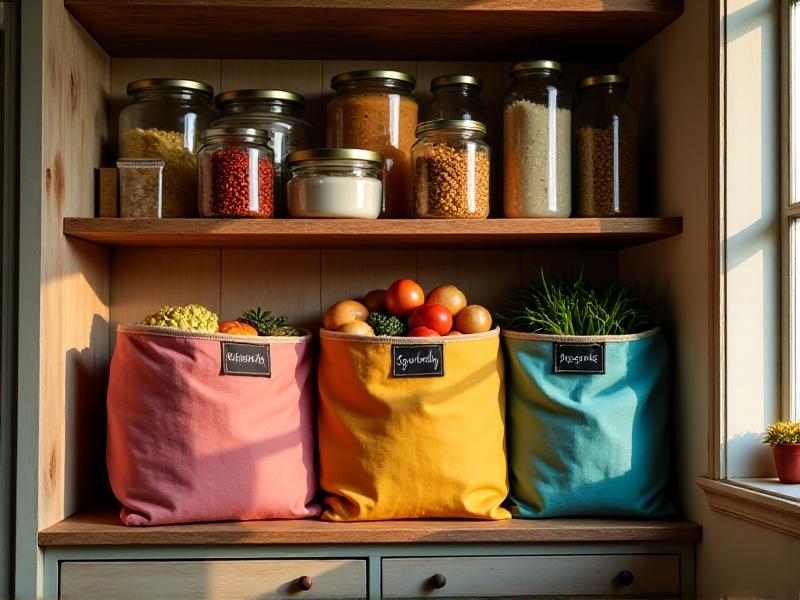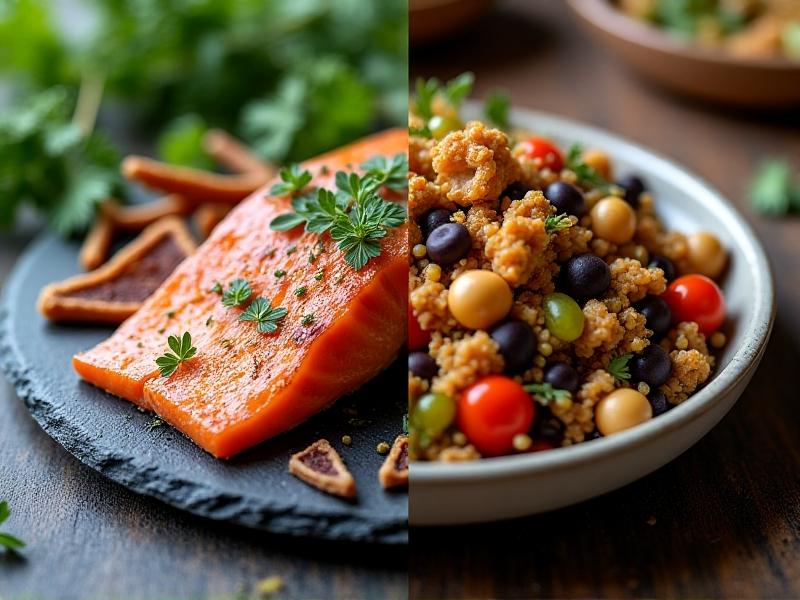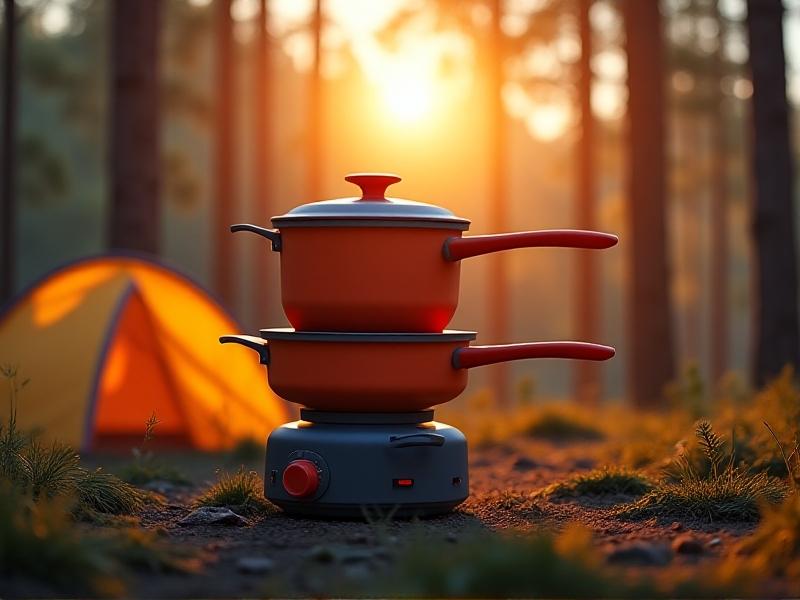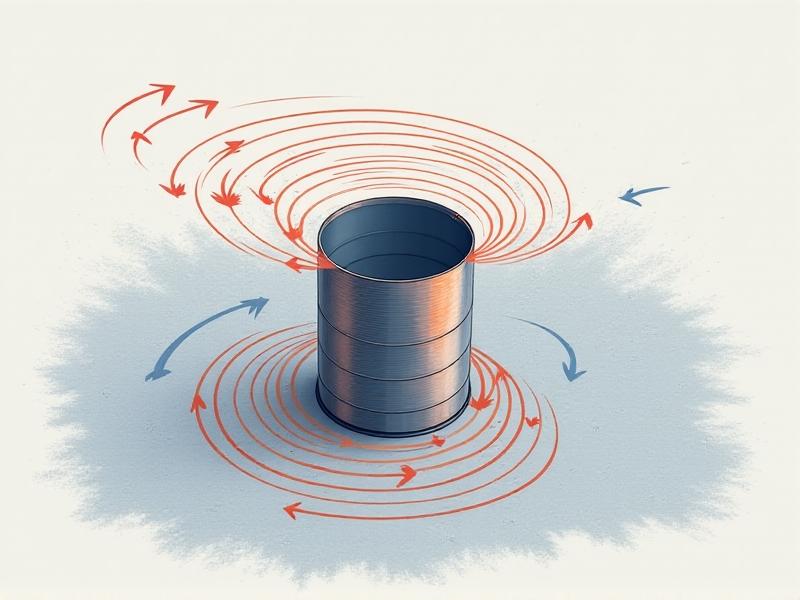Solar Oven Cooking Timetables
Understanding Solar Oven Mechanics and Efficiency
Solar ovens harness sunlight to cook food, relying on reflective surfaces to concentrate heat and insulated chambers to retain it. Unlike conventional ovens, they operate without electricity or gas, making them ideal for off-grid living or eco-conscious households. The cooking time in a solar oven depends on its design—parabolic models focus sunlight intensely for faster results, while box-style ovens provide slower, even heating. Key factors like sunlight intensity, outdoor temperature, and humidity directly influence efficiency. For example, a sunny day at 90°F may halve cooking time compared to a partially cloudy 75°F afternoon. Understanding these variables is the first step toward mastering solar oven timetables.
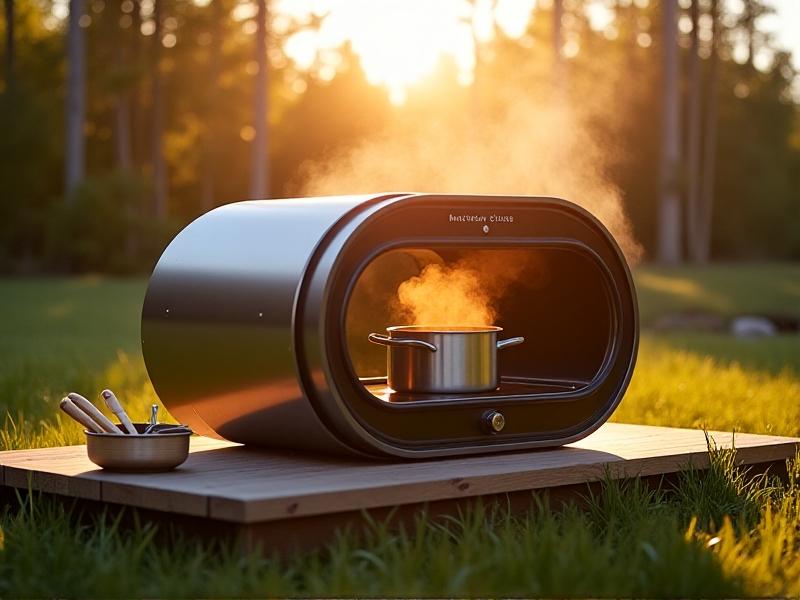
Factors Influencing Solar Oven Cooking Times
Cooking durations in solar ovens vary widely based on environmental and technical factors. Direct sunlight is paramount—obstructions like clouds or shade can extend cooking times by 50% or more. The angle of the sun also matters; adjusting the oven’s position every 30–60 minutes to face the sun optimizes heat absorption. Ambient temperature plays a role, as colder days slow heat retention. Additionally, the cookware’s material affects performance: dark, lightweight pots absorb heat faster than shiny or heavy alternatives. For instance, a black enamel pot may cook rice in 90 minutes, while a stainless-steel pot could take two hours under identical conditions.
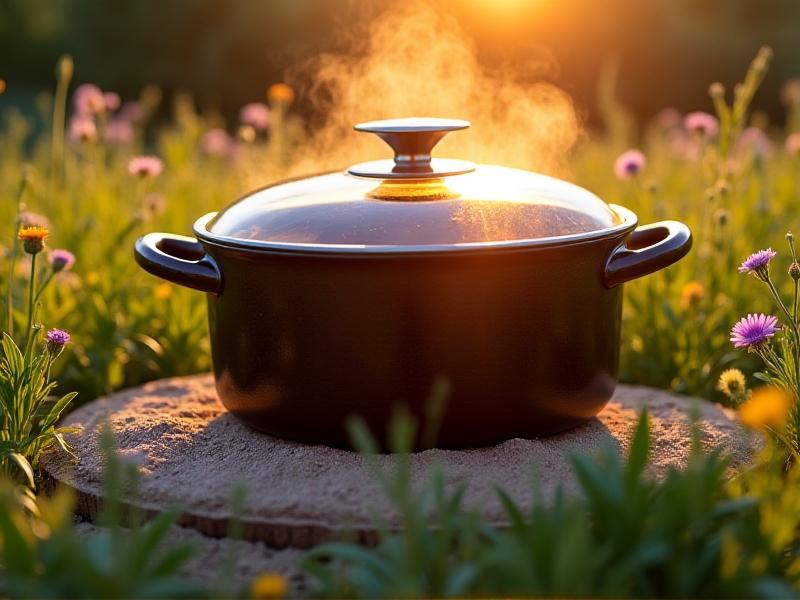
Creating a Solar Oven Cooking Timetable: Step-by-Step
Building a reliable timetable starts with tracking conditions. Begin by logging daily weather patterns, solar noon times, and trial cooking runs. For example, note that preheating the oven for 20–30 minutes before adding food ensures consistent temperatures. Group dishes by required heat levels: soups and stews (200–250°F) can cook alongside baked potatoes, while bread and roasts (300°F+) need peak sunlight hours. Use a three-column table to list dishes, estimated durations, and optimal sun exposure windows. Adjust for seasonal shifts—winter cooking may require starting earlier and using thermal retainers like towels or stones to trap heat.
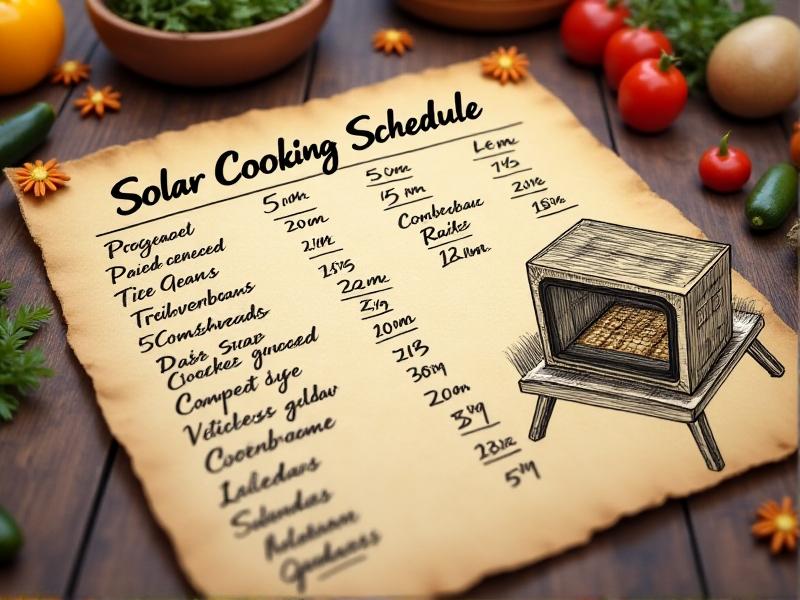
Sample Solar Cooking Schedules for Common Dishes
A summer midday menu might include quinoa (60–70 minutes), zucchini (45 minutes), and peach cobbler (90 minutes). Start the cobbler at 11:30 AM, add quinoa at 12:15 PM, and zucchini at 1:00 PM for a 1:30 PM meal. In winter, prioritize heartier dishes like bean chili (2–2.5 hours) and root vegetables (1.5 hours), aligning start times with 10:30–11:00 AM sunlight. Always stagger dishes by heat requirements—place baked goods at the oven’s center for maximum heat, with simmering pots near the edges.
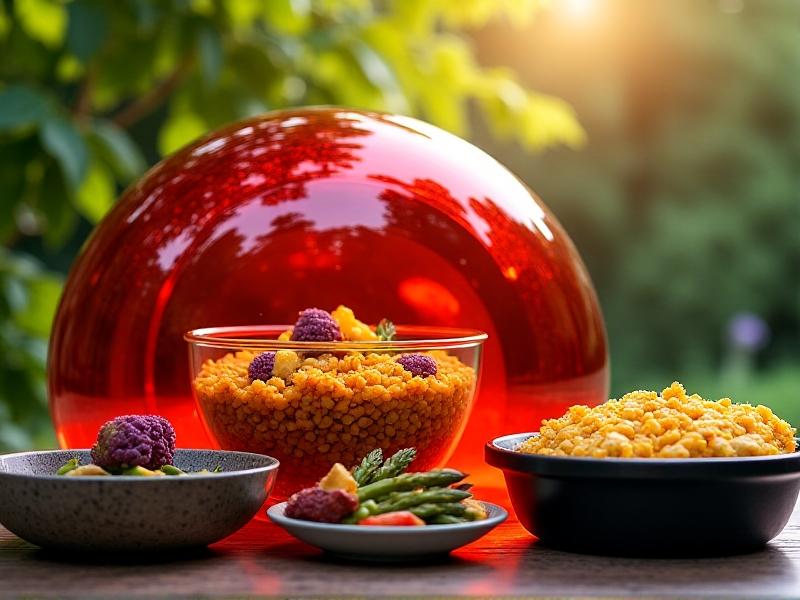
Adapting Timetables for Weather and Seasonal Changes
Cloudy days demand flexibility: use lids to retain moisture in soups and extend cooking times by 25–50%. In rainy seasons, wrap the oven in a transparent waterproof cover to protect it without blocking light. During shorter winter days, focus on one-pot meals that require less frequent checking. For example, a lentil-and-rice dish can cook for 2.5 hours without adjustment, whereas summer grilling might need hourly rotations. Track lunar and seasonal calendars to anticipate light availability—solstice periods often require the most schedule tweaks.
Solar Oven Recipes and Time Adjustments
Try a solar ratatouille: layer sliced eggplant, zucchini, and tomatoes in a dark pot, season, and cook for 1.5–2 hours. For solar-baked oatmeal, mix rolled oats, almond milk, and berries in a jar; place it in the oven by 8:30 AM for a 10:30 AM brunch. Adjust baking times for altitude—high elevations may require 10–15% longer durations. Experiment with partial pre-cooking: boil pasta on a stove for 5 minutes, then finish it solar-style for 20 minutes to save time on cloudy days.
Safety and Maintenance Tips for Optimal Solar Cooking
Use heat-resistant gloves to avoid burns when adjusting oven angles. Regularly clean reflective panels with vinegar to maintain efficiency, and check silicone seals on glass lids to prevent heat loss. Never leave the oven unattended in windy conditions—secure it with stakes or weights. Store the oven indoors during storms to prolong its lifespan. For families, establish a kid-safe zone around the oven, marked with chalk or cones, to prevent accidental contact.
Long-Term Solar Cooking: Planning and Preservation
Batch cooking in solar ovens maximizes energy use—prepare a week’s worth of grains and legumes during peak sun hours. Dehydrate surplus produce like apples or tomatoes at 140°F for 8–10 hours, creating pantry staples. In colder months, use solar-cooked broths as bases for soups, freezing them in mason jars. Pair solar cooking with rain barrels for a fully sustainable kitchen cycle, using harvested water for cleaning and steam-based dishes.
